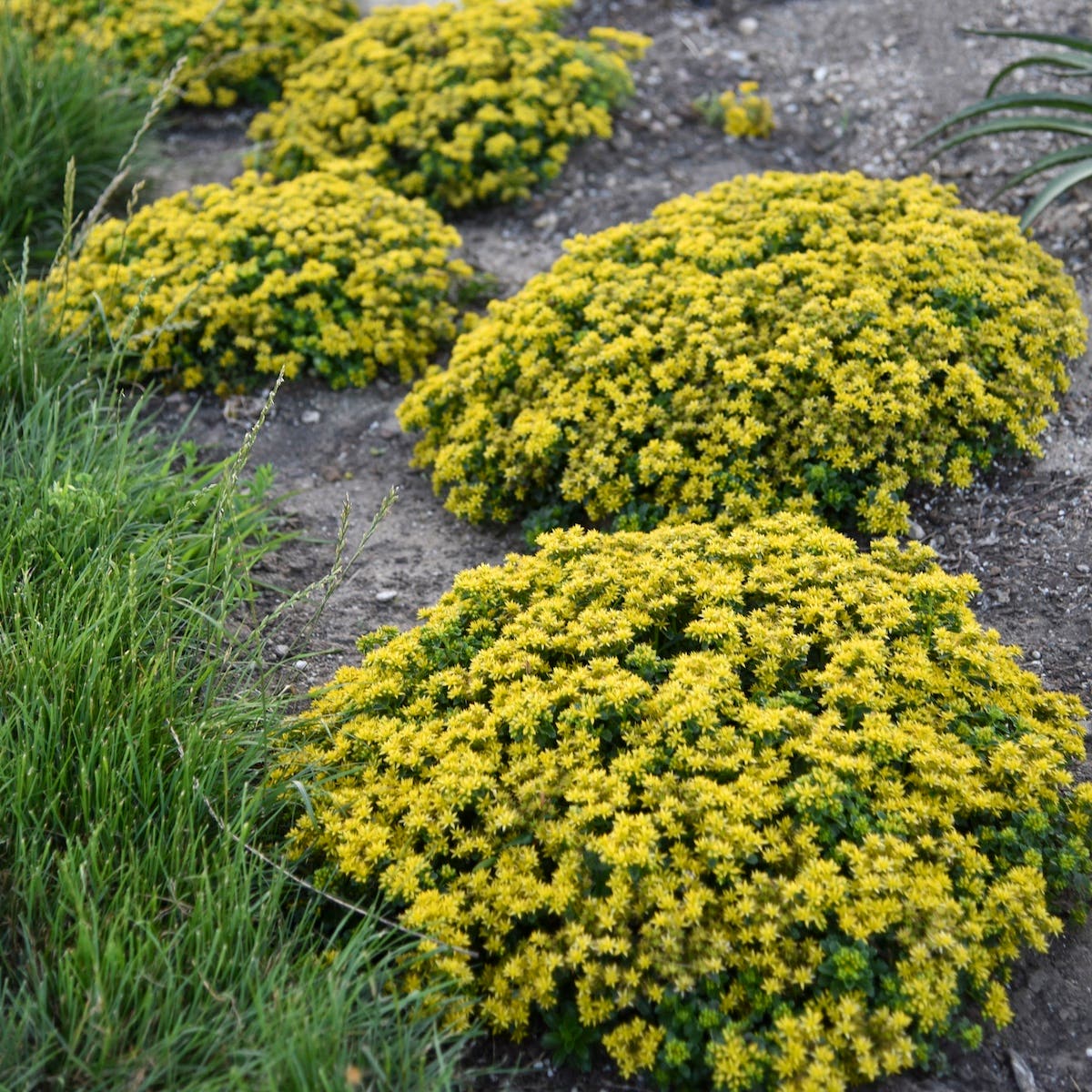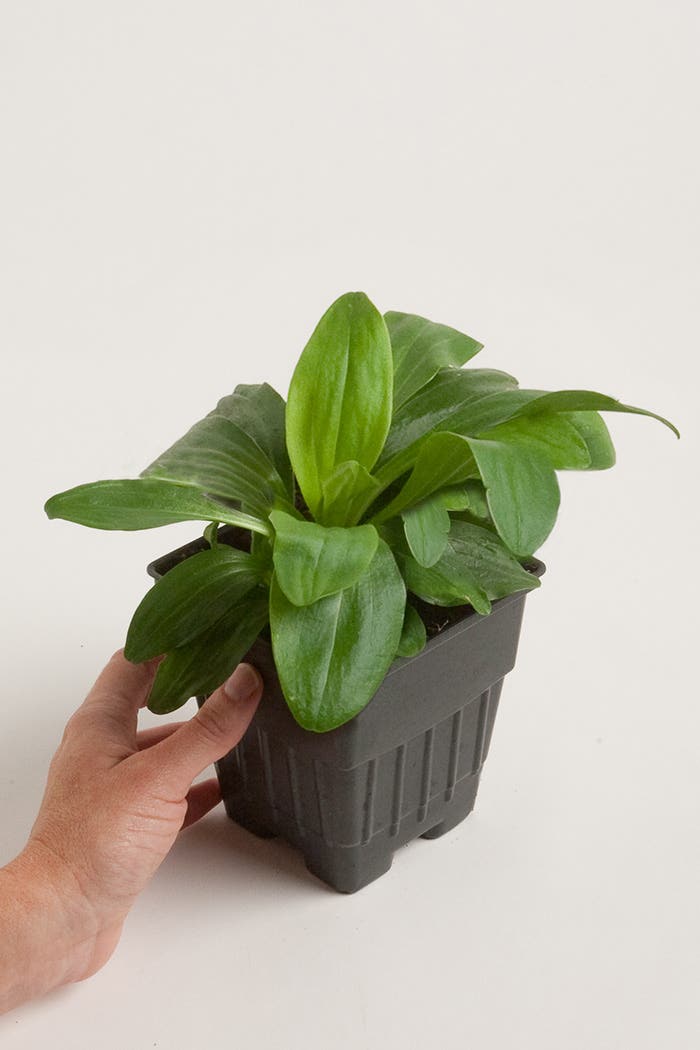Lyme disease is a bacterial disease spread by deer ticks. These blood-sucking insects carry the bacteria that causes the infection and they can pass it to animals and people on whom they are feeding. Deer ticks are most common in the U.S. in the Northeast, Midwest and Pacific Northwest. The disease is named after the town of Lyme, Conn., where cases were diagnosed in 1975. Several years later it was determined to be a tick-borne disease, although the bacteria that is the true culprit was not identified until 1982.
Gardeners are at risk because we spend time outdoors where ticks may attach to our skin. Ticks most commonly inhabit low bushes and tall grasses, particularly in wooded areas or woodland edges. They sit and wait for warm-blooded animals to attack, such as deer, mice, dogs, cats and people.
Only a minority of tick bites lead to Lyme disease, and the longer the tick stays attached to your skin, the greater the risk of infection. A tick has to attach to the skin and take a full meal of blood before the disease-causing bacteria can be transmitted. It can take 48 hours for a tick to feed enough so that the bacteria can pass into your bloodstream, so looking for and removing ticks promptly is an excellent way to prevent infection.
Related: "How to Reduce Mosquitoes in the Yard and Garden"
Decrease your risk of getting Lyme disease by:
- Wearing long pants, long sleeves, shoes and socks, a hat and gloves when working or walking in wooded or grassy areas. Tuck the cuffs of your pants into your socks.
- Use a DEET-based insect repellent (follow the label carefully) or apply oil of lemon eucalyptus, a natural alternative that offers the same protection as DEET when used in similar concentrations, according to the Centers for Disease Control and Prevention (CDC). DEET has restrictions for use with children and infants, and lemon eucalyptus shouldn't be used on those under age 3. Check with your doctor or your children's pediatrician for further advice.
- Check yourself, children and pets for ticks after you've been gardening or playing outdoors. Look carefully as ticks are very small. They often don't attach for several hours but instead just crawl around on the skin. Taking a shower when you come inside may wash away any unattached ticks.
- If you find a tick, remove it with a pair of tweezers, grasping it near its head, where it is attached to you, and pulling steadily to remove the entire tick—body, head and mouthparts. Dispose of the tick, such as by flushing it down the toilet, and swab the skin with an antiseptic.
SYMPTOMS
Symptoms can vary and not everyone with Lyme disease will have the same experience. In general, signs of infection are a small red bump that appears within days to a month of being bitten by an infected tick, plus flu-like symptoms. The bump usually appears where the tick bit the person. After the bump appears, a rash from a fraction of an inch to 12 inches across appears, resembling a bull's eye.70 to 80 percent of infected people get this rash, which is often accompanied by fever, chills, fatigue, body aches and a headache.
Other symptoms that may not be as common include severe knee and other joint pain and swelling (especially if the infection is not treated), temporary paralysis of one side of the face, numb or weak limbs and impaired muscle movements. These neurological problems may begin weeks, months or years after an untreated infection. Heart palpitations, eye inflammation, hepatitis and severe fatigue can also present themselves, though these are least common.
If you have these symptoms and suspect Lyme disease, contact your doctor for testing. People who are tested and diagnosed can be treated successfully with anitbiotics.
Source: Mayo Clinic







